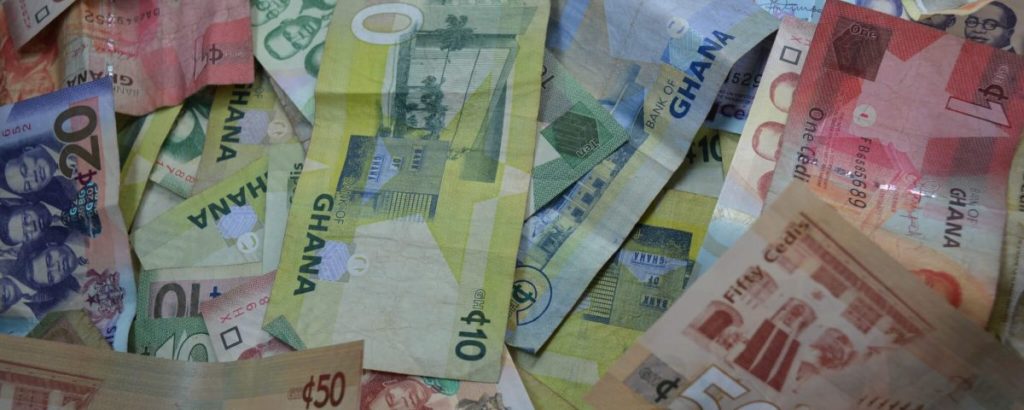The total amount of deposits banks receive have surged sharply to GHS100.2 billion by the end of October 2020 from GHS78.9 billion recorded in October 2019.
This depicts an annual growth of approximately 27 percent year-on-year.
In the same vein, total deposits increased from GHS97.8 billion recorded in September 2020 to GHS100.2 billion by the end of October this year, indicating a monthly growth of approximately 2.5 percent in deposits.
This is according to the latest summary of financial and economic data released by the Bank of Ghana.
Detailing the various types of deposits, the Bank of Ghana reveals that the annual growth of demand deposits soared up from 24.5 percent recorded in October last year to 29.4 percent the same period this year, representing an increase of about 5 percent in the annual growth of demand deposits yearly.
Likewise, savings and time deposits also saw a similar growth, recording an annual growth rate of 26 percent by the end of October 2020 as against a minimal growth rate of 5.4 percent in October 2019, translating into a whooping increase of 20.6 percent year-on-year, the Bank of Ghana mentioned.
This trend is also seen in foreign currency deposit, according to the Bank of Ghana which also had an annual growth rate lingering around 27.3 percent this year by end of the period under review as against 20.3 percent figure recorded in October 2019, making a yearly upsurge of approximately 7.3 percent.
Also, on a monthly basis, except for savings and time deposits which had annual growth rates as at September hovering around 29.2 percent and as such 3.2 higher than the October 2020 figure of 26 percent, all the other types of deposits taken by banks that is demand and foreign currency deposits had their annual growth rates of 29.4 percent and 27.3 percent being 2.7 percent and 11.3 percent higher than the rates of 26.7 percent and 16 percent recorded in September 2020, respectively, the Bank of Ghana added.
Although monetary policy rate was initially 16 percent and then reduced to 14.5 percent and has been kept as such since March 2020 due to the coronavirus pandemic which hit the country around the same period and required the institution of an accommodative monetary policy to support the recovery, people keep depositing more.
Demand deposit rates also decreased marginally to 2.63 percent and remain unchanged by the ending of October this year and are still the lowest rate among all deposit rates including those bound by time. Savings deposit rates remain unchanged at 7.63 percent and has stayed so to the end of the month of October.

Time deposit rates for 3 months lingers around an average of 11.5 percent from the beginning of the year to October 2020. Also, 6 months’ time deposit rates decreased from a monthly average of 10.5 percent throughout the second quarter to an average of 10 percent from the start of the third quarter to the end of October 2020.
Finally, the Bank of Ghana opined that the banking sector “recorded strong growth in deposits and investments and solvency indicators were significantly higher than regulatory thresholds”.





















